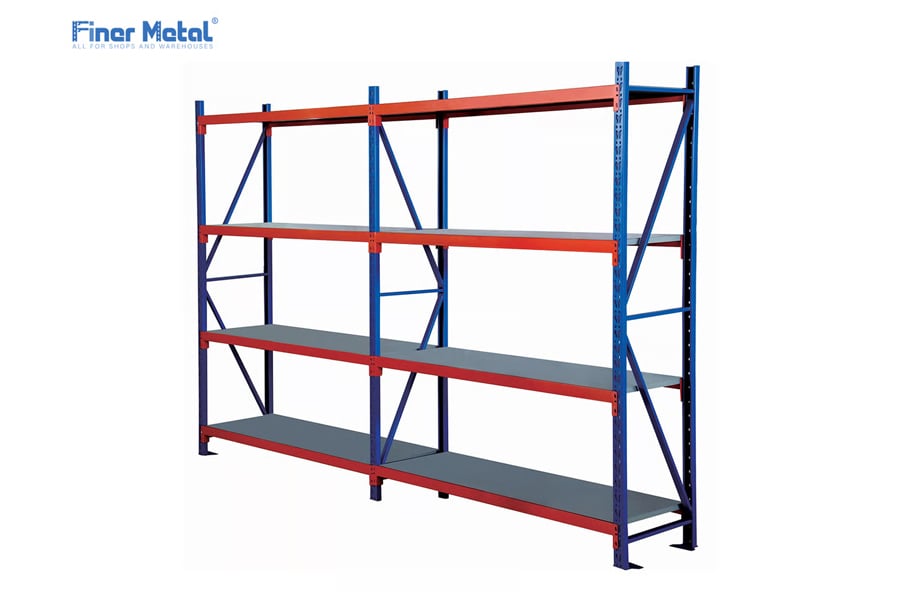The Importance of Light Duty Rack Load Capacity
When it comes to choosing the right light duty rack for your business or warehouse, understanding the load capacity specifications is crucial. The load capacity of a rack determines how much weight it can safely hold, ensuring the safety of both your employees and your inventory.
Factors Influencing Load Capacity
Several factors can influence the load capacity of a light duty rack, including the material used, the design of the rack, and the manufacturing process. It is essential to consider these factors when selecting a rack to ensure that it can support the weight of your goods without compromising safety.
Maximum Weight Limit
Each light duty rack will have a maximum weight limit specified by the manufacturer. Exceeding this weight limit can lead to structural failure and potential accidents. It is crucial to adhere to this weight limit to maintain the integrity of the rack and prevent any safety hazards.
Understanding Dynamic Load Capacity
Dynamic load capacity refers to the maximum weight a rack can hold when in motion, such as when items are being loaded or unloaded. This specification is essential for ensuring the rack can handle the weight of goods while in operation without causing any damage or instability.
Static Load Capacity Specifications
Static load capacity specifies the maximum weight a rack can hold when it is stationary and not in use. This specification is crucial for determining the overall strength and durability of the rack, as well as ensuring it can safely support the weight of items over extended periods.
Consideration for Uniformly Distributed Load
Uniformly distributed load capacity refers to the weight distribution across the rack's shelves or beams. Understanding this specification is vital for maintaining balance and stability within the rack, preventing any uneven weight distribution that could lead to tilting or collapse.
Impact of Rack Configuration on Load Capacity
The configuration of a light duty rack, including the number of shelves, beam spacing, and overall design, can impact its load capacity. It is essential to consider how these factors influence the rack's ability to support weight and ensure that the configuration meets your storage needs.
Adhering to Safety Guidelines
Ensuring that a light duty rack's load capacity specifications are followed is essential for maintaining a safe working environment. By adhering to these guidelines, you can prevent accidents, injuries, and damage to both the rack and stored items, promoting a secure and efficient storage system.
Regular Inspections and Maintenance
To ensure that a light duty rack continues to meet its load capacity specifications, regular inspections and maintenance are crucial. Checking for any signs of wear, damage, or overloading can help identify potential issues and prevent any safety hazards before they occur.
Consulting with Experts
If you are unsure about the load capacity specifications of a light duty rack or need assistance in selecting the right rack for your needs, consulting with industry experts can provide valuable guidance. Experts can offer insights and recommendations to ensure that you choose a rack that meets your requirements and complies with safety standards.
Quote Inquiry
contact us

